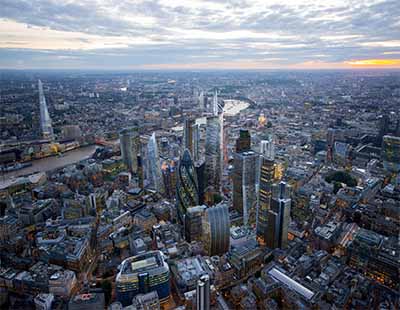
Savills says prime rental growth across London and the country has stalled for the first time in almost three years.
In prime London, rents fell marginally by 0.1 per cent in Q4 2023 – a significant slowing on previous quarters, signalling that capacity for growth has eased. However average rents remain up 4.4 per cent on the year, and 17.4 per cent since March 2020.
Dips in rental growth have so far been limited to Prime Central London, and South West London, as well as larger family homes and poorer quality stock in some locations.
According to the agency, ‘immaculate’ properties are still attracting a 31 per cent premium over properties in poor condition in prime central London, and a 23 per cent in outer prime London.
“Prime London rental values are starting to stall as the imbalance between supply and demand unwinds, which suggests that the top end of the rental market will lead the way in reverting to more seasonal patterns” comments Jessica Tomlinson, research analyst at the agency.
“Affordability is also playing a role in keeping growth more steady, with rents already taking up a much higher proportion of income than they have in the past. Although is likely to play a bigger role in mainstream markets.”
As a result of a shift in market conditions, both tenant and landlord expectations have come down but there is still a significant gap. Some 42 per cent of Savills agents agreed that landlords expected to see rental price increases over the past three months, versus 67 per cent of tenants who expected rents to decrease.
“Prime London rental values are still expected to grow further over the course of the year, bolstered by a stronger economic outlook, but the continued realignment of landlord and tenant expectations will be crucial to achieving this. Particularly among properties that are not deemed ‘best in class’,” adds Tomlinson.
Across UK regions, prime rental values have also fallen by a marginal 0.1 per cent on the quarter, marking the first quarterly fall in rents since December 2019.
This slowing comes as prime rental growth has reached unsustainable heights over the past few years – with prices up 22.7 per cent on March 2020.
Prime inner and commuter belt markets, including Henley and Tunbridge Wells, have remained the strongest, spurred on by the continued back to the office movement. But regional town and city markets have experienced falls in the last quarter of the year, which is in line with pre-pandemic seasonal trends.
Tomlinson concludes: “A sense of pragmatism is replacing the desperation that dictated much of the prime rental market over the past couple of years. As the imbalance between supply and demand continues to unwind, much of the market will return to seasonal patterns in 2024.
“This has also translated into flats outperforming houses on the quarter. Our agents are continuing to see particularly strong demand from needs-based tenants searching for smaller or lower value properties, including young couples who remain locked out of the sales market.”














%20-%20IMAGE%20Client%20Accounting%20%E2%80%93%20what%20are%20your%20options.jpg)




.png)




Join the conversation
Be the first to comment (please use the comment box below)
Please login to comment